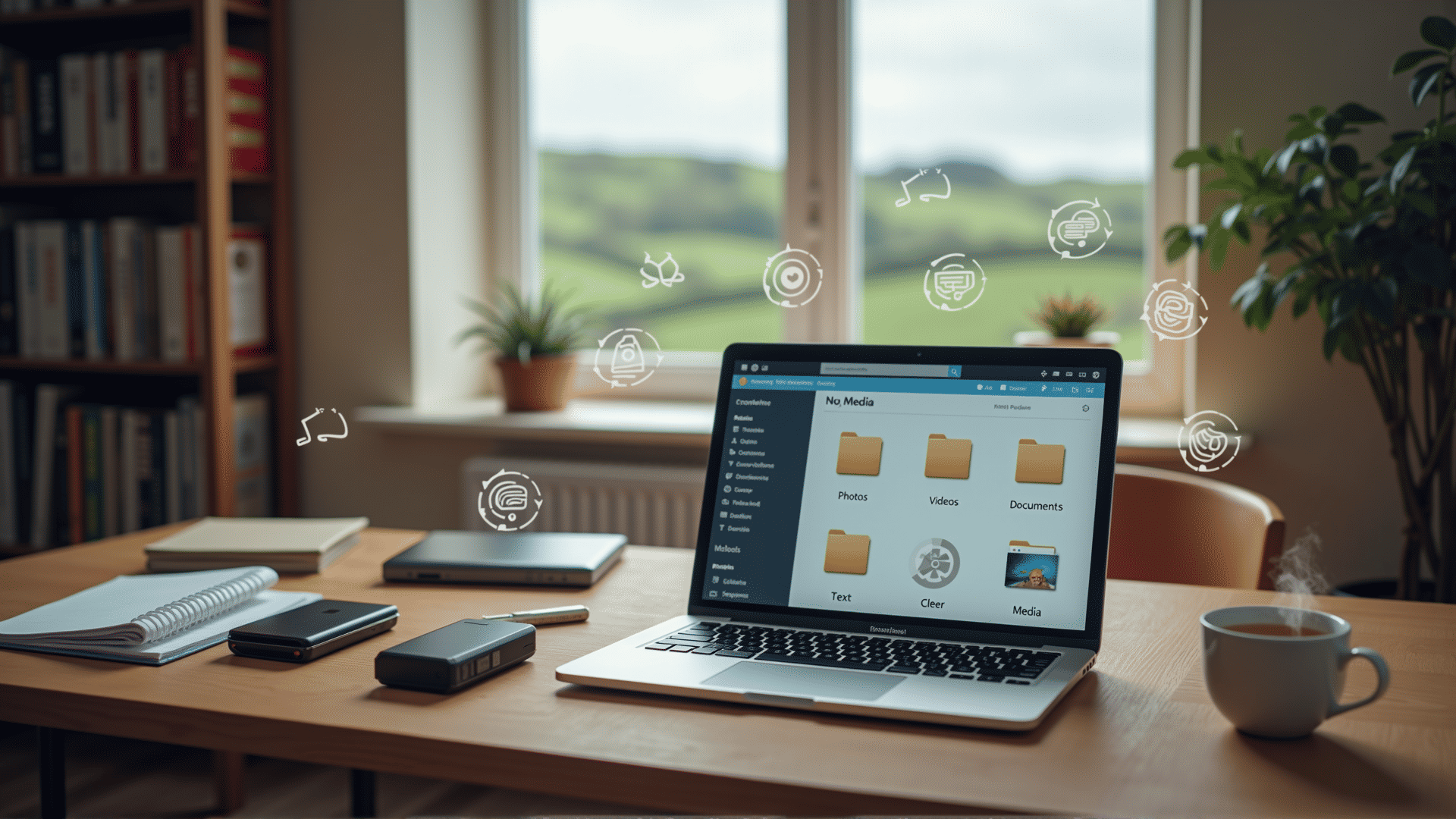When diving into the realm of computing, one cannot overlook the vital component of storage. For many users, understanding how much storage they actually need can be challenging. This guide will help you determine your requirements and maintain optimal system performance.
Assessing Your Usage
-
Understand Your Habits: Begin by analyzing your usage patterns. Are you an avid gamer, a media enthusiast, or do you primarily use your device for browsing and document management? Each of these activities has different storage demands.
-
Calculate Current Consumption: Check your current storage usage. Most operating systems provide detailed breakdowns of what occupies space, from applications to multimedia files. This data offers insights into what you might need in the future.
-
Project Future Needs: Consider any upcoming projects or changes in usage that might affect your storage needs. For instance, if you're planning to dive into photography or video editing, your requirements will likely increase significantly.
Types of Storage
-
Hard Disk Drives (HDDs): Known for offering large storage capacities at a lower cost, these are suitable for storing bulky files like movies and large games. However, they typically have slower read/write speeds compared to their counterparts.
-
Solid State Drives (SSDs): These are faster and more reliable than HDDs. They are ideal for tasks that require quick access to files and applications. Although more expensive per gigabyte, prices have been decreasing, making them increasingly accessible.
-
Hybrid Drives: Combines the storage capacity of HDDs with the speed of SSDs. These drives use SSD-like storage to store frequently accessed files, providing a compromise between speed and storage space.
Optimizing Your System
-
Regular Maintenance: Regularly clean out junk files and uninstall applications that you no longer use. This frees up space and can significantly enhance system performance.
-
Cloud Storage: Utilize cloud services to store non-essential files. This not only helps in saving local space but also ensures that your data is accessible from multiple devices.
-
External Storage Options: Invest in external drives for backups and extra storage. They provide flexibility and are excellent for archiving data that you don’t need immediate access to daily.
-
Prioritize Essential Applications: Install critical applications on faster storage mediums like SSDs, while less essential or larger items can be offloaded to HDDs or external drives.
Monitoring and Management Tools
Use available tools and software to continually monitor system performance and storage use. These tools help identify areas where you can clear space and often provide automated solutions to optimize storage management.
Conclusion
Understanding and assessing your storage needs is an ongoing process that evolves with technology and your usage. Regular evaluations and adjustments ensure that your system operates efficiently and meets your ever-changing demands. Through careful consideration of your habits and available storage solutions, you can maintain a streamlined and effective digital environment.
